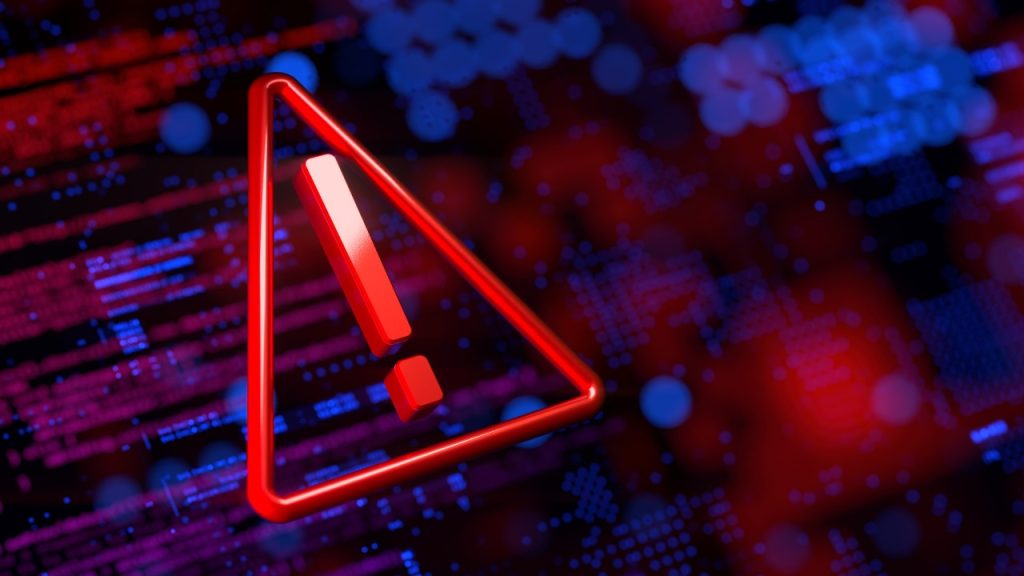The Role of Endpoint Detection and Response (EDR) in Today’s Cybersecurity World
 Green Method
Green MethodIn today’s digital landscape, organizations face an ever-evolving array of cyber threats that can compromise their data, systems, and reputation. Antivirus software and traditional endpoint security tools, while important, are no longer sufficient to protect against the sophisticated tactics employed by cybercriminals. This is where Endpoint Detection and Response (EDR) is a crucial component of modern cybersecurity strategies. EDR provides real-time threat detection, automated response, and proactive threat-hunting capabilities to safeguard an organization’s valuable assets. In this blog, we’ll explore the role of EDR solutions in today’s cybersecurity world.
Endpoint Data Gathering
The foundation of EDR lies in its ability to continuously collect data from all endpoints across an organization’s network. These endpoints include desktop and laptop computers, servers, mobile devices, and Internet of Things (IoT) devices. This data collection is facilitated by lightweight agents installed on each endpoint or leveraging capabilities within the endpoint operating system. By gathering information on processes, configurations, network activities, and user behaviours, EDR establishes a comprehensive view of an organization’s digital environment.

Real-Time Analysis & Threat Detection
One of EDR’s most significant strengths is its real-time analysis and threat detection capabilities. Advanced analytics and machine learning algorithms are employed to identify patterns indicative of known threats or suspicious activities as they occur. EDR distinguishes between two fundamental types of indicators: Indicators of Compromise (IOCs) and Indicators of Attack (IOAs). IOCs represent actions or events consistent with potential attacks or breaches. At the same time, IOAs are associated with known cyber threats or cybercriminal activities.
EDR correlates endpoint data with information from threat intelligence services to identify these indicators. These services provide up-to-date insights into emerging cyber threats, including their tactics, vulnerabilities exploited, and more. This real-time analysis allows EDR to detect threats swiftly, reducing an organization’s vulnerability window.
Investigation & Remediation
When a threat is identified, EDR equips security analysts with tools to effectively investigate and remediate the situation. Forensic analytics help pinpoint the root cause of a threat, identify impacted files, and uncover vulnerabilities exploited by attackers. Additionally, EDR aids in tracking an attacker’s movement within the network, unauthorized access attempts, and other malicious activities. This depth of insight is invaluable for understanding the full scope of an incident and implementing necessary countermeasures.

Support for Threat Hunting
Cyber threats are becoming increasingly sophisticated, often lurking undetected for extended periods before they are discovered. Threat hunting is a proactive security exercise in which analysts search for unknown threats or known threats that have evaded automated cybersecurity tools.
EDR security plays a pivotal role in supporting threat-hunting efforts. It provides security analysts with user-friendly interfaces and programmatic means to conduct ad-hoc searches, data queries, and correlations with threat intelligence. From scripting languages for automating everyday tasks to natural language querying tools, EDR equips analysts with the tools required to identify and mitigate threats that may have gone undetected for extended periods.
Conclusion
In today’s complex and ever-evolving cybersecurity landscape, the role of Endpoint Detection and Response (EDR) cannot be overstated. It serves as a crucial layer of defense, continuously monitoring endpoints, detecting threats in real-time, automating responses, and empowering security teams with the tools needed for proactive threat hunting. By leveraging EDR solutions, organizations can strengthen their cybersecurity posture and mitigate the risks posed by modern cyber threats. As cybercriminals advance their tactics, EDR remains an indispensable ally in the ongoing battle to protect valuable data and assets.
Endpoint security offers robust protection for your organization’s devices and network endpoints. With advanced threat detection and prevention capabilities, it safeguards against malware, phishing attacks, and unauthorized access. Green Method, a leading cybersecurity solutions provider, ensures that your endpoints remain secure, minimizing the risk of data breaches and ensuring business continuity.
*
Subscribe to my newsletter
Read articles from Green Method directly inside your inbox. Subscribe to the newsletter, and don't miss out.
Written by

Green Method
Green Method
Green Method Enterprises is a business and technology consulting firm that enables companies to achieve world-class business performance levels and realize a greater return from their technology investments.